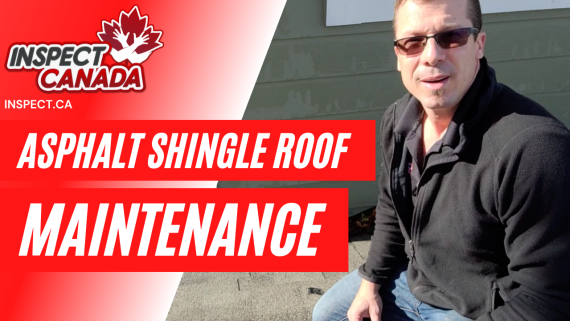
Small cracks are a typical characteristic of concrete. Cracks develop due to drying and curing of concrete after construction. Cracks can become an issue if they are larger than one eighth of an inch, if they are offset, or larger at the top or bottom due to differential movement. Typically, settlement happens soon after construction, movement stops as the structure reaches final position. But settlement can happen due to ongoing water management issues or other problems.
Larger cracks can occur due to settlement of the soil surrounding the home or settlement of the home. Even these cracks are typical, but can be an indication of settlement, and possible on-going movement. These cracks should be monitored, and, if on-going movement is discovered, then repairs can be undertaken to remedy the cause of the settlement.
Foundation cracks are only one of the many possible clues of house settlement, other signs are doors and windows that are no longer plumb and level, ceiling cracks, and sloped floors. Often a house has gone through a renovation and all other possible settlement signs have been repaired. Home inspections are a view of the home in one moment, it is difficult to determine if house settlement is active.
This video shows how cracks are monitored to provide information as to any ongoing movement of the foundation. Typical crack sealant is rigid, to seal and show ongoing movement. If there is a new crack in the sealant after some time, then there is movement. Another reason to seal cracks is that it will prevent water entry into the home. Usually, a sealed crack stays sealed, and it shows that there is no further movement.
Please subscribe to our YouTube Channel to see our other home inspection and home maintenance videos, and to get notification every time we upload a new DIY video.
Thank you for watching, if you have any questions, please feel free to contact us directly.
Inspect Canada Team
778-877-7540
fastreply@inspect.ca









Comments
Comments are closed.